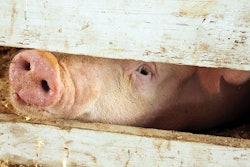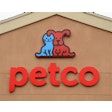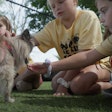
In August 2021, pet food inflation in Mexico averaged just 4.2% on an annualized monthly basis, according to the National Statistics Institute (INEGI), despite the increasing costs of raw materials worldwide amid the pandemic. At the time, it was not clear if inflation would remain relatively low, as local pet food manufacturers might not be able to resist the pressure of rising costs.
In September, pet food inflation in Mexico started a new upward cycle, rising 6.3% in that month in annualized terms; in December, pet food inflation reached 8.4%. And in the first half of January 2022, INEGI reported that pet food inflation registered 9.1% on an annualized basis. In only four months, it had soared.
Which pet food brands are raising prices?
INEGI provides data to estimate in detail which brands are increasing their prices. Overall, cat food was the category exhibiting the highest price bumps in 2021. For example, Cat Chow dry food products averaged a 15% price increase in the year, while Whiskas dry food averaged an 11% increase. Minino dry food averaged a 22% rise.
Looked at by pet food format, dry food for dogs and cats registered 10% inflation in 2021, while wet food registered 9%.
Brazil also registers higher inflation
In Brazil, annual pet food inflation accumulated 23% in 2021, according to the data bank of the Brazilian Institute of Geography and Statistics (IBGE). The Brazilian market registered higher pet food increases (compared to Mexico) due to the fiscal stimulus that the government implemented during the pandemic, which stimulated overall inflation in the country. Supply-side constraints contributed, too, making raw materials more expensive in Brazil.
Consumers may downgrade to inexpensive brands and formats
As inflation hits consumers’ pockets, some are likely to migrate to economy brands and pet food products sold in bulk (unpackaged), which usually are less expensive.
And pet food inflation in the region could still rise, due to three latent risks. First is the continuation of supply-side restraints and the recovery of demand that will put additional pressure on prices. The second element is the fiscal stimulus that is prompting more consumption. Lastly, countries like Mexico, where pet food inflation was low for most of 2021, will likely see higher inflation in 2022, as pet food prices adjust to the new inflationary reality.















